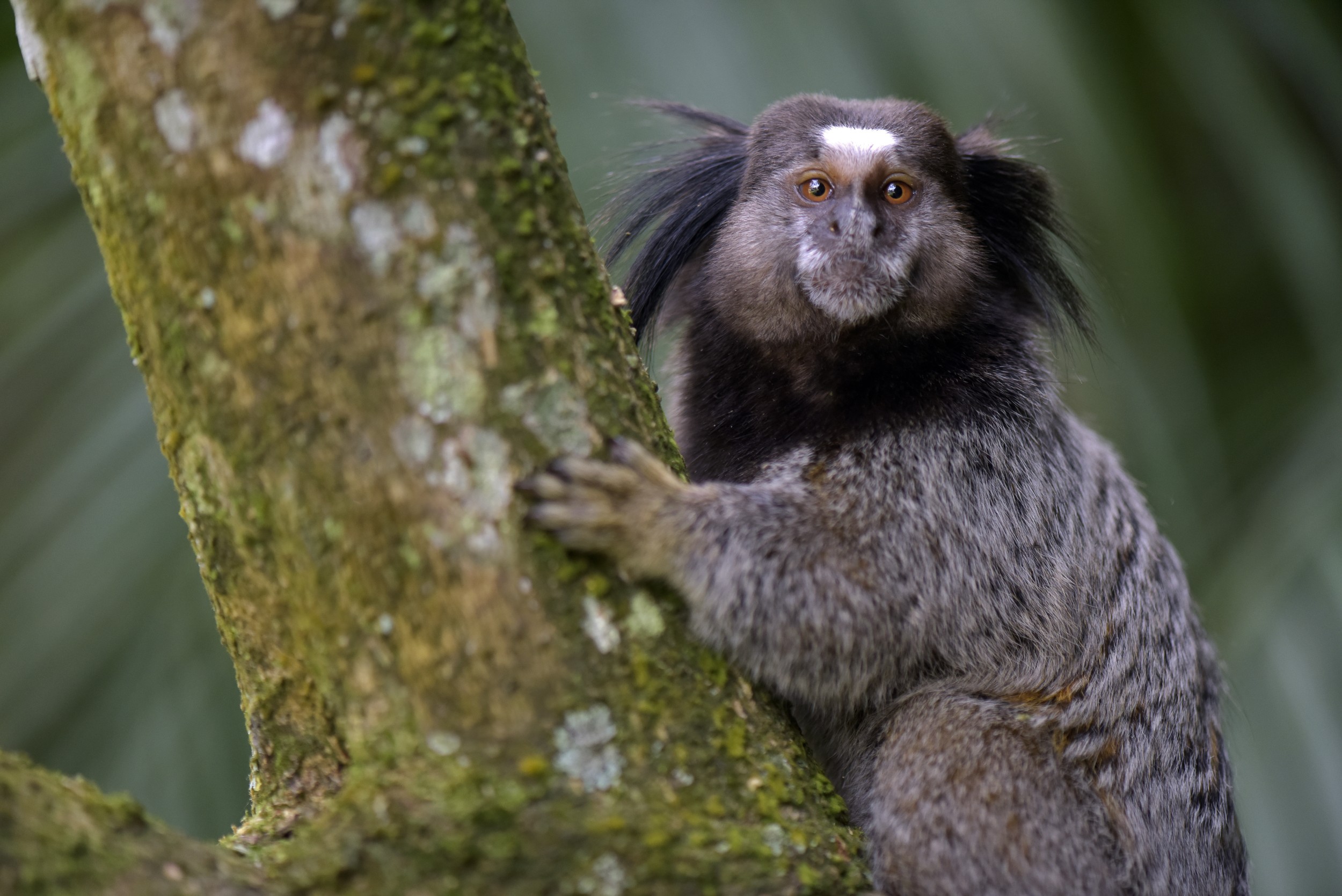 |
| Mirante da Cascatinha |
| There are thirty waterfalls in the park but the most famous is the Cachoeiro do Horto waterfall, which is pictured above. |
| The park's entrance |
 |
| The Sagui monkey, indigenous to Brazil and the smallest monkey on the planet |
 |
| Mirante da Cascatinha |
| There are thirty waterfalls in the park but the most famous is the Cachoeiro do Horto waterfall, which is pictured above. |
| The park's entrance |
 |
| The Sagui monkey, indigenous to Brazil and the smallest monkey on the planet |
No comments:
Post a Comment